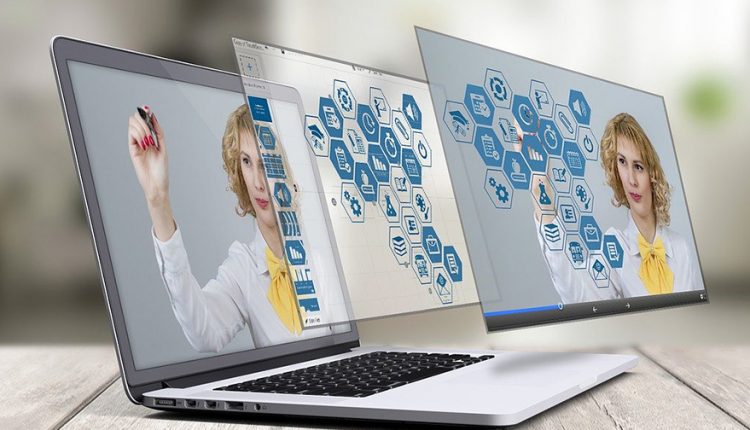In the age of social distancing, training and maintenance of many complicated tasks and services has come to a standstill. However, there are technological solutions to this problem. Augmented, virtual and mixed reality headsets can provide an immersive solution for a wide range of different applications, for example, these headsets can be used for remote assistance, remote training, and remote meetings.
A complete overview of this industry is in the IDTechEx report, ‘Augmented, Mixed and Virtual Reality 2020-2030: Forecasts, Markets and Technologies’. The report discusses 83 different companies and 175 products in VR (virtual reality), AR (augmented reality) and MR (mixed reality) markets.
One example of virtual reality for training is in situations which would be difficult to create in real life – for example, firefighting training for oil rigs. As these simulations can be tracked and graded, instructors can provide specific feedback on different scenarios to the trainee. This level of detailed and constructive feedback provides a much clearer and direct way to offer complex training scenarios.
Another example of training is AR/VR’s use in flight simulators. A simulator allows a variety of different plane set-ups and interiors to be modelled, without using a real plane. These simulations are immersive experiences that allow the user to learn to fly a plane in a unit which can move and respond to the user’s actions. This provides them with an experience which is as close as possible to a real-life environment.
However, these are expensive set-ups. The cost of learning to fly for students is also expensive, for example, in the UK, the cost of learning to be a pilot can run into hundreds of thousands of pounds and two years of training to obtain their ATPL license. There is also a shortage of pilots learning to fly, due to this price barrier. In 2016, Boeing forecast that the aviation industry would need over 670,000 pilots between then and 2035.
Furthermore, with current fixed based simulators running from $500K to up to $4million for foxed based simulators, any replacement or supplement equipment must provide a long-term high spec solution to training pilots. This is where VR devices and technology solutions can play a role in filling this skills gap.
With the increase in diversity and quality of VR and associated devices such as haptics, can VR provide this initial training for a much lower set up cost? VR systems are typically tethered PC devices. There are new devices which are standalone, such as the Oculus Quest, and these could be further beneficial to such training situations.
Furthermore, with the US army announcing the deal with Microsoft Hololens in 2019 for training purposes, this suggests that these savings can be large enough to warrant using VR and AR headsets in flight training.
Also, AR, VR and MR have been used for medical training applications. Augmented reality has been used for training for surgical applications, for example, Proprio in Washington ran a pilot program in a few hospitals. This company provides imaging tools to help surgeons to see through any objects and create surgical plans. The platform also has AI intelligence and analyses any 3D rendering, storing it and sharing the surgical data in real-time. Furthermore, there are haptic simulators, such as those by FundamentalVR which provides haptic simulators to allow surgeons to practise their skills by using realistic vibration patterns.
Overall, the possibilities for AR/VR/MR devices are endless, and with the current social distancing and lack of in-person contact, these devices can provide a collaborative, live, immersive experience for both trainer and trainee alike. From immersive training, more data can be gathered from users, which can provide a deeper analysis of the trainee’s decision-making process.
Moreover, this analysis can be utilised to improve training methods. Although, the changes that COVID-19 have impacted onto society will reverberate into the future, augmented, virtual, and mixed reality products will provide sustainable, effective, and long-lasting training possibilities for many different industries in the years to come.

